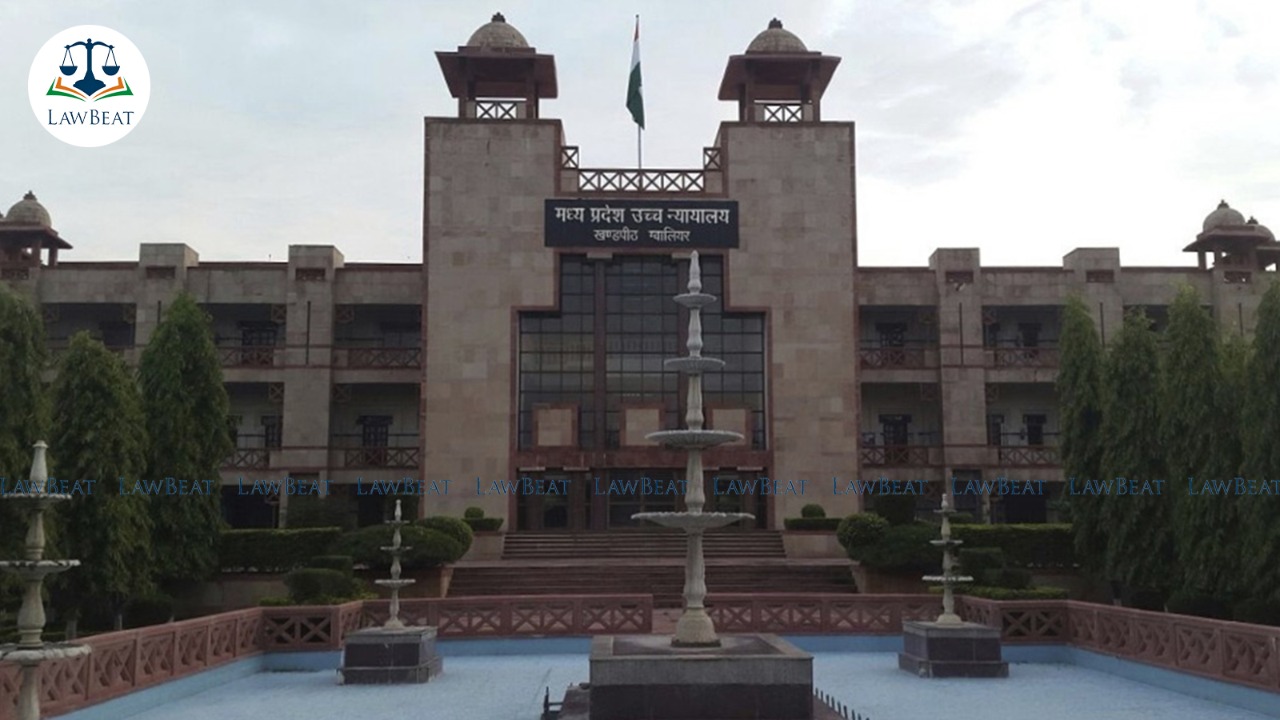Madhya Pradesh High Court Overturns Waqf Board's Claim on Ancient Monument

The ASI argued that the ancient monuments, being under their protection for decades, could not be reclassified as Waqf property without ever been released from the guardianship of the Chief Commissioner
The Madhya Pradesh High Court recently set aside an order by the M.P. Waqf Board which claimed that the Tomb of Shah Shuja, Tomb of Nadir Shah, Bibi Sahib’s Masjid, and the palace situated in the Fort of Burhanpur were waqf property.
In 2013, the Waqf Board ordered the Archaeological Survey of India (ASI) to vacate the premises claiming that it was owned by the Board. However, the ASI filed a writ petition before the high court arguing that the property, located in village Emagird, Burhanpur which spans approximately 4.448 hectares, was already designated as protected under the Ancient Monuments Preservation Act of 1904.
The ASI argued that these monuments, being under their protection for decades, could not be reclassified as Waqf property without relinquishing their status as protected monuments.
On the other hand, the Waqf Board maintained that it had legitimately declared the property as Waqf and thus had the authority to order the ASI to vacate the site. It also argued that the ASI should have approached the Waqf Tribunal instead of filing a writ petition.
The bench of Justice GS Ahluwalia, in its judgment dated July 26, 2024, observed that the properties had been officially recognized as ancient monuments as far back as 1913 and 1925 through notifications issued under the Ancient Monuments Preservation Act, 1904 and there was nothing on record to show that it had ever been released from the guardianship of the Chief Commissioner as provided under Section 11 of the Ancient Monuments Preservation Act, 1904.
It highlighted that the Waqf Board based its ownership claim on a notification issued under Section 5(2) of the Waqf Act, 1995, when the Act came into effect. However, the Board failed to present the complete notification to the court.
Court noted that although the notification was not challenged by any parties, the Board could not point out any legal provision by which notification issued under the Ancient Monuments Preservation Act, 1904 would stand nullified without the release of the property by the Central Government or by the Commissioner.
Court affirmed the ASI's position by referencing the Supreme Court’s decision in Karnataka Board of Wakf vs. Government of India (2004), which established that properties listed in the Register of Ancient Protected Monuments are indisputably owned and maintained by the Government of India.
Therefore, court held the notification referred by the Board erroneous. It said that once the property was declared an ancient monument and protected monument, it could not be said to be an existing waqf property on the date of commencement of Waqf Act, 1995, hence, even if a notification was issued declaring it to be a waqf property, it would not automatically nullify the notifications issued under the Ancient Monuments Preservation Act, 1904.
"An erroneous notification issued in respect of property which is not an existing waqf property on the date of commencement of Waqf Act, wound not make it a waqf property thereby giving jurisdiction to the waqf Board to seek eviction of the Central Government from ancient and protected monuments," the high court held.
Court opined that the CEO, M.P. Waqf Board committed a material illegality considering the monuments waqf property and thereby directing the ASI to vacate the same.
Accordingly, court set aside the order issued by the CEO, M.P. Waqf Board on July 19, 2013.
Case Title: ARCHAEOLOGICAL SURVEY OF INDIA Versus CHIEF EXECUTIVE OFFICER AND OTHERS
